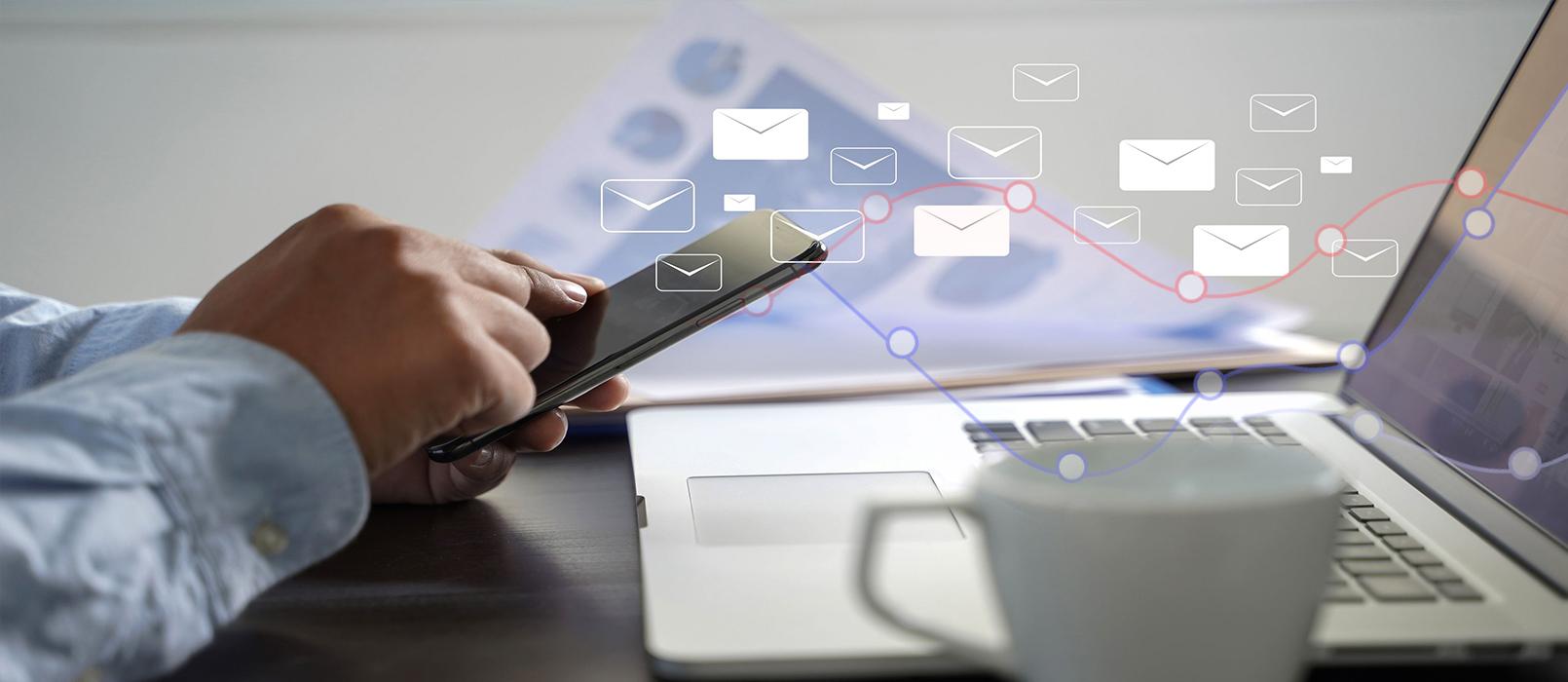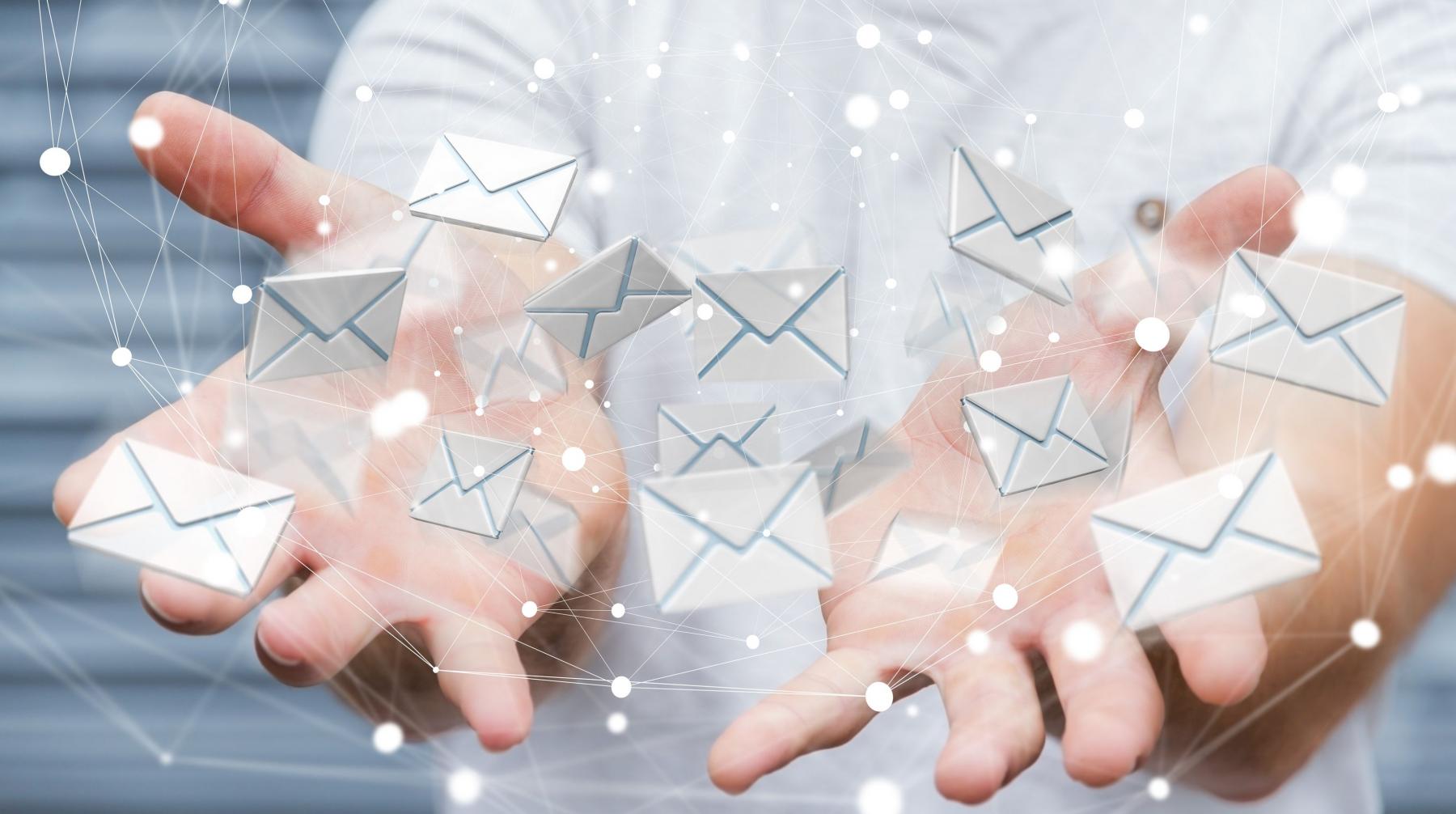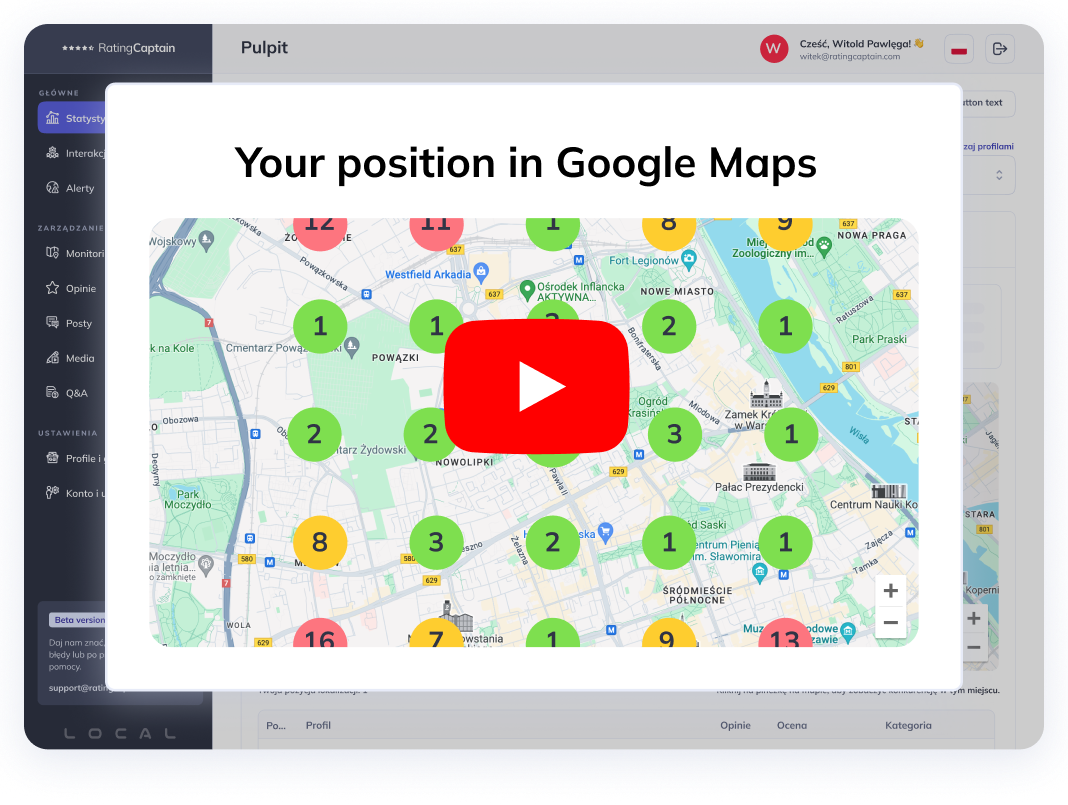

Cold mailing - what you need to know?

Table of contents
Are you operating in the B2B industry and want to acquire new customers? Or maybe you have an interesting product or service, but you can't reach your target audience? Cold mailing can make your task easier. You may think it's spam, but it depends a lot on the strategy. If you don't create one, your efforts will indeed be in vain and will be treated as spam by the recipients.
What is cold mailing?
Cold mailing is a tool used in marketing to electronically acquire potential customers. Cold emails are often the first step in establishing a relationship with a customer. Therefore, it is important to interest the email recipient in your product or service right from the beginning. A cold email is a personalized message, and that's what sets it apart from spam. If it is well-prepared, it will not be ignored by the recipient.
Types of cold mailing
Cold emails can take various forms. However, they all have a common characteristic, which is the structure of the message.
BAB type, which stands for before-after-bridge. It is a message formulated in such a way as to identify the problem, present the ideal situation, and finally, the solution.
PPP type, which stands for price-picture-push. In this type of message, you first appreciate the recipient, then relate your product to the recipient's business, and finally, indicate the benefits of using your offer.
PAS type, also known as problem-agitate-solve. In this type, the goal is to show understanding of the recipient's problem. Then, you should present your product or service and explain how it will solve the customer's pain point.
AIDA type, which stands for attention-interest-action. At the beginning of the message, you focus on the recipient's business to show that you have already worked with clients in this industry. Then, you should indicate the benefits of cooperation and finally, call for action.
SSS type, which stands for star-story-solution. It is a cold mailing model that starts by presenting your offer. The next step is to tell a story. In the conclusion, you show the solution to the recipient's problem.

Cold emails to customers - how to conduct a cold mailing campaign?
Welcome message - this is the first step in establishing contact with a potential customer, so it should not be an advertisement for your product or service. Instead of using sales language, use the language of benefits to describe your product. However, don't focus only on presenting the advantages. Treat them as additional information. However, pay attention to personalizing the message, expressing the desire to understand the recipient's needs, and telling a few words about yourself or your company.
Added value - after 3-4 days from the first email, you can offer something for free to your recipients. It can be an e-book, a DIY guide, or an invitation to a webinar. Think about it, there must be something you can do for potential customers for free. If you can offer more, then after another 3-4 days, send another email with added value.
Break-up email - if the recipient has not responded to your messages and has not contacted you in any other way, write an email expressing understanding that they do not need your product. At the same time, emphasize that they can always contact you. You can also include links to your social media, where they can follow your activities, or a link to subscribe to your newsletter.
5 tips to improve the effectiveness of cold mailing
- Define your target audience
This is the first step you need to take before starting any marketing activities. Knowing your target audience is very important because it allows your messages to reach people who are potentially interested in your product or service. A cold email should be dedicated to specific individuals, as it increases its effectiveness. - Catchy subject line is half the battle
The subject line is what the user sees when checking their email inbox. Every day, we see subject lines that scream about a wonderful offer. What usually happens with them? We ignore them. That's why make sure the subject of your message grabs attention and encourages the recipient to read the message. - Focus on quality, not quantity
Today's customer is educated and sensitive to sales offers. Therefore, focus on building trust through valuable content. However, don't overdo it with embellishing the message. Of course, personalize it, but write in a simple and understandable language. - Remember the Call To Action
What is the goal of your email? If the customer needs to learn more, fill out a form, register, or schedule a call, indicate it directly. It is best if the message contains only one call to action, as it avoids distracting the recipient with too many actions to take. Remember that you initiated the contact, so don't require a huge commitment right from the start. - Remind the recipient
Don't worry if the recipient did not respond to your email. It may have ended up in a different folder or got lost in a long queue of emails. Therefore, remind them a few days after sending the first message. Follow up, a reminder email, is a very important stage in cold mailing. It allows you to build relationships and trust in your company. Show the recipient that they can rely on you.
Cold mailing and GDPR
Before you start sending cold-type messages to acquire customers, you need to familiarize yourself with the regulations related to personal data. These issues are regulated by GDPR. It turns out that not every email address found on a company's website can be used to send emails, especially when the purpose of the message is to present commercial information. However, you can send a message expressing the desire to establish contact. You should also pay attention to choosing the appropriate address. We should not send emails to addresses that contain a person's name and surname. Therefore, it is also not recommended to send messages to specific employees of a company. It is best to choose general addresses that do not contain personal data.
Please rate this article
Try our new
Local SEO tool
Manage and track visibility of your
Google Business Profiles

